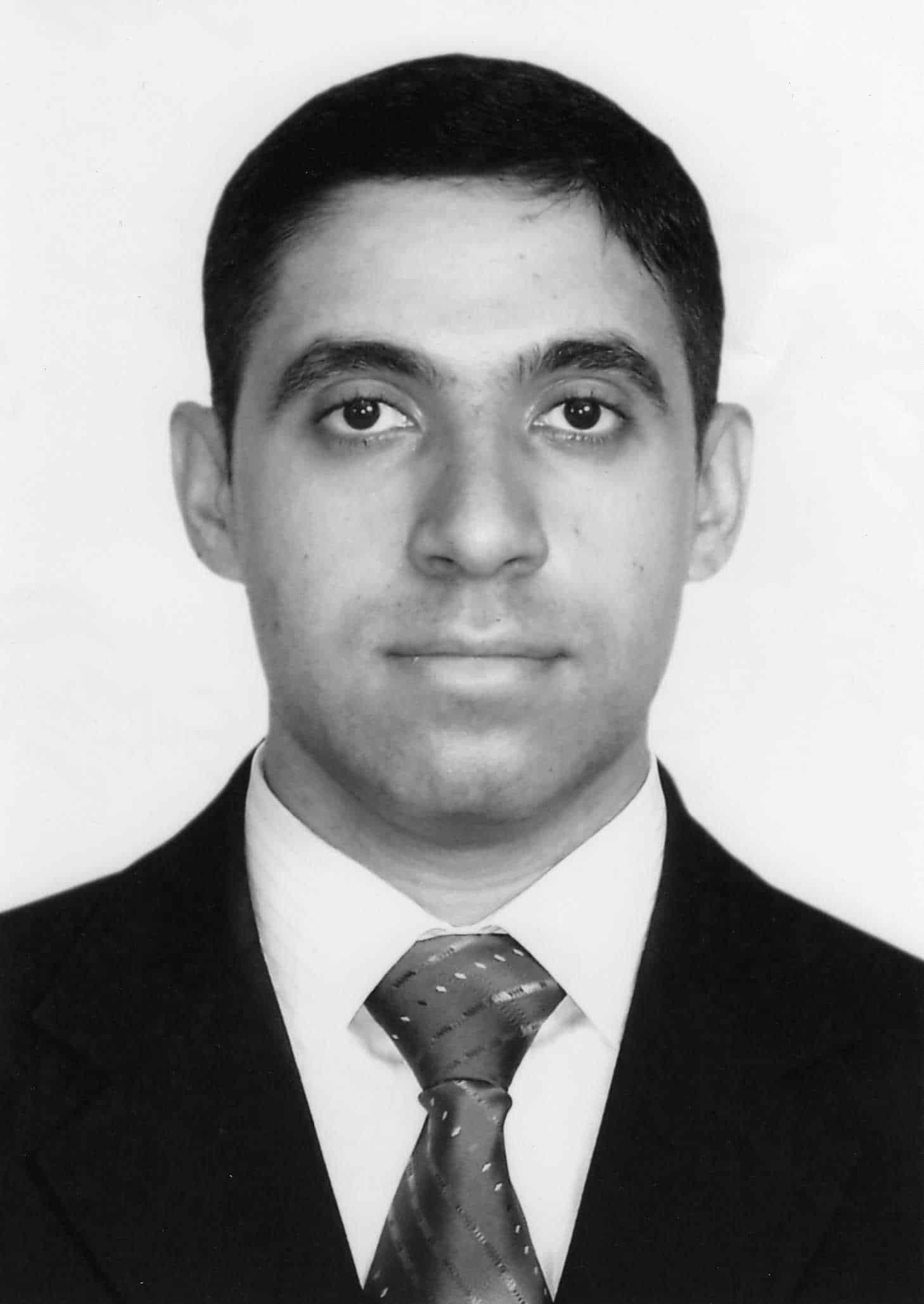Recent research indicates that a surgeon’s expertise and case volume has a substantial effect on the outcomes of various surgeries, including thyroid operations.
With advances in surgery, the number of thyroid procedures performed in the United States each year has increased significantly over the past several years. “Many studies have shown that patients undergoing various surgeries who are treated by higher-volume surgeons are more likely to have better clinical outcomes,” says Zaid Al-Qurayshi, MD, MPH. “Previous research has also shown that thyroidectomies performed by high-volume surgeons appear to be associated with lower costs.”
A National Analysis
For a study published in JAMA Otolaryngology Head & Neck Surgery, Dr. Al-Qurayshi and colleagues examined the cost-effectiveness relating to surgical volume by extrapolating data to a national level. The investigators also assessed the potential cost savings of thyroidectomy on the basis of surgeon volume and clinical outcomes. Surgeon volumes were stratified as follows:
- Low volume: 1-3 thyroidectomies per year.
- Intermediate volume: 4-29 thyroidectomies per year.
- High volume: 30 or more thyroidectomies per year.
Of the more than 77,000 patients included in the study, the research team found that thyroidectomies performed by low-volume surgeons were associated with a higher risk of postoperative complications when compared with high-volume surgeons (15.8% vs 7.7%). “In addition, we found that the average hospital cost was significantly lower for patients receiving these procedures from high-volume surgeons when compared with low-volume surgeons,” says Dr. Al-Qurayshi.
Related Articles
- Optimizing Approaches to Treating Medullary Thyroid Cancer
- Guidelines for Improving Voice Outcomes Post-Thyroid Surgery
- Patients With Thyroid CA Who Choose No Rx Report Isolation
- Duty Hour Restrictions Don’t Impair Thyroid Surgery Outcomes
According to the analysis, if all thyroidectomies that were performed by low-volume surgeons had been selectively referred to intermediate- or high-volume surgeons, the result would be cost savings of 11.2% or 12.2%, respectively, over the study period. With conservative estimates suggesting that about 150,000 thyroidectomies are performed each year in the U.S., the authors noted that referring all thyroid surgery patients to intermediate- or high-volume surgeons would yield savings of $2.08 billion or $3.11 billion, respectively, over a period of 14 years.
Analyzing Implications
“Our research suggests that centralizing thyroidectomy and selectively referring patients who require these procedures to high-volume surgeons can conceivably lead to substantial savings for the healthcare system and for patients, especially vulnerable populations,” Dr. Al-Qurayshi says. “Several types of patients who require thyroidectomy should be considered for referrals to higher-volume surgical environments. These include patients with significant comorbidities, those who are aged 65 and older, and those with thyroid cancer,” he says.
When making treatment decisions with patients, Dr. Al-Qurayshi says vulnerable individuals should be counseled about the potential benefits of receiving care from higher-volume surgeons. He and his colleagues also note in the study that thyroidectomy is a common procedure throughout the U.S., meaning the findings may be used to improve the effectiveness of the healthcare system and decrease the burden of unnecessary expenses.
Zaid Al-Qurayshi, MD, MPH, has indicated to Physician’s Weekly that he has no financial disclosures to report.



 PhysWeekly
PhysWeekly